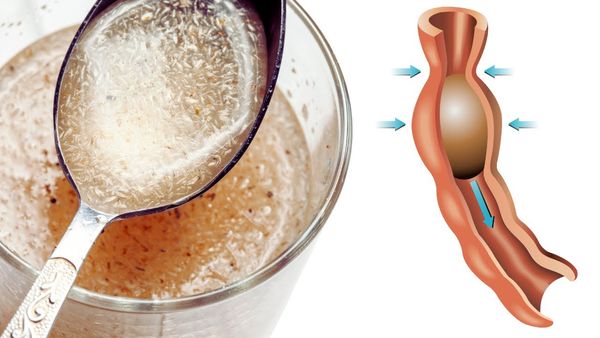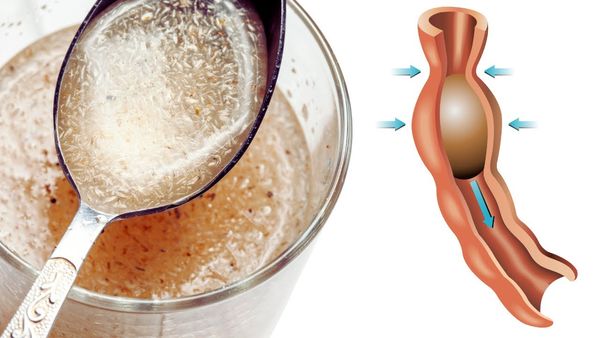
It’s important to understand the crucial role that fiber plays in managing blood sugar, especially with the increasing prevalence of diabetes and prediabetes worldwide. Fiber, particularly soluble fiber, has the ability to moderate blood glucose levels by forming a gel-like substance in the gut. This gel slows down the absorption of sugar, leading to significant effects on blood sugar spikes and overall glycemic control.
How Fiber Affects Blood Sugar
Slows Glucose Absorption:
Soluble fiber transforms into a gel in the digestive tract, which helps trap carbohydrates and slow down their digestion and absorption. This prevents sharp rises in blood sugar after meals.
Reduces Post-Meal Glucose Spikes:
Research has shown that by adding just 2 tablespoons of fiber twice a day, blood sugar levels can be significantly reduced after meals. After breakfast, blood sugar levels can decrease by 13%, after lunch by 65%, and after dinner by 41%.
Long-Term Blood Sugar Management:
Studies have indicated that increasing daily fiber intake by 11 to 13 grams can lead to a half-point reduction in the hemoglobin A1c levels. This measurement reflects average blood sugar levels over a two to three month period, highlighting the role of fiber in long-term glucose regulation.
Improves Insulin Sensitivity:
Increasing fiber intake can also improve insulin sensitivity by nearly two points. This enhanced sensitivity allows the body to better utilize glucose and manage blood sugar levels more effectively.
Broader Health Benefits of Fiber
In addition to its effects on blood sugar control, fiber offers several other health benefits:
Cardiovascular Health:
A high intake of fiber is associated with lower rates of heart disease.
Reduced Cancer Risk:
Diets rich in fiber have been linked to a decreased risk of certain types of cancer.
Longevity:
Research has shown that a high fiber diet can result in a 45% lower risk of death from any cause.
Incorporating More Fiber Into Your Diet
Increasing fiber intake can be achieved through a combination of supplements and a wide variety of fiber-rich foods. Here are some excellent sources of both soluble and insoluble fiber:
Fruits: Apples, pears, plums (with skins), berries, and citrus fruits.
Vegetables: Leafy greens, broccoli, cauliflower, carrots, and sweet potatoes.
Legumes: Beans, chickpeas, and lentils.
Nuts and Seeds: Almonds, walnuts, sunflower seeds, and pumpkin seeds.
Whole Grains: Oats, quinoa, brown rice, and barley.
Practical Tips for Increasing Fiber Intake
Here are some simple and tasty tips to help you incorporate more fiber into your daily diet:
Breakfast: Start your day with a bowl of oatmeal topped with fruits and nuts.
Lunch: Opt for a salad packed with a variety of veggies, chickpeas, and a sprinkle of seeds.
Snacks: Reach for whole fruits, nuts, or yogurt with berries for a healthy and fiber-rich snack.
Dinner: Include a portion of beans or whole grains like quinoa or brown rice in your evening meal.
Conclusion
Research strongly supports the role of fiber in managing blood sugar levels, providing a simple yet effective strategy for improving health. Whether you are currently managing diabetes or looking to prevent it, incorporating more fiber into your diet can be a delicious and health-promoting choice. It is always a good idea to discuss any dietary changes, especially when managing health conditions like diabetes, with your healthcare provider.




